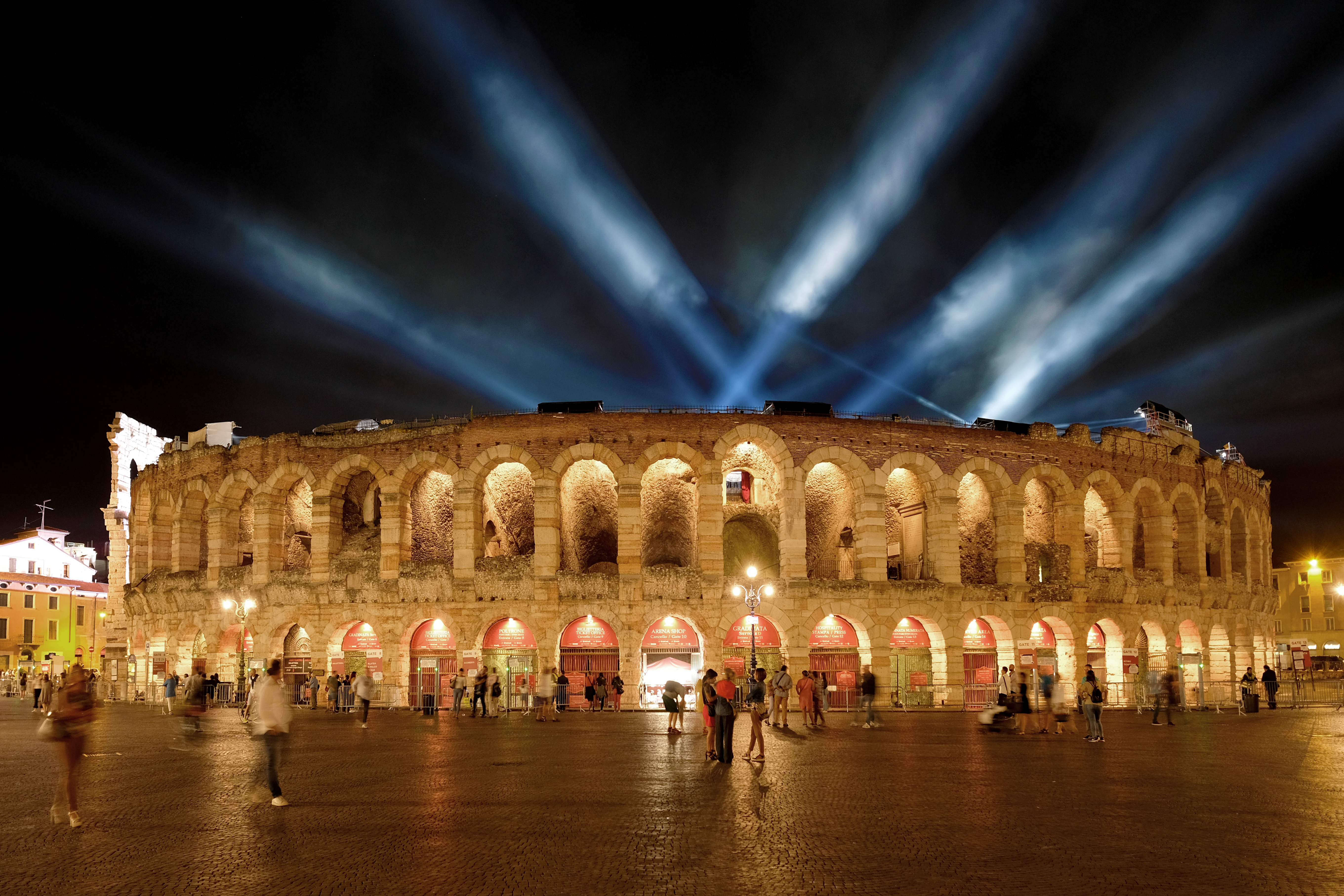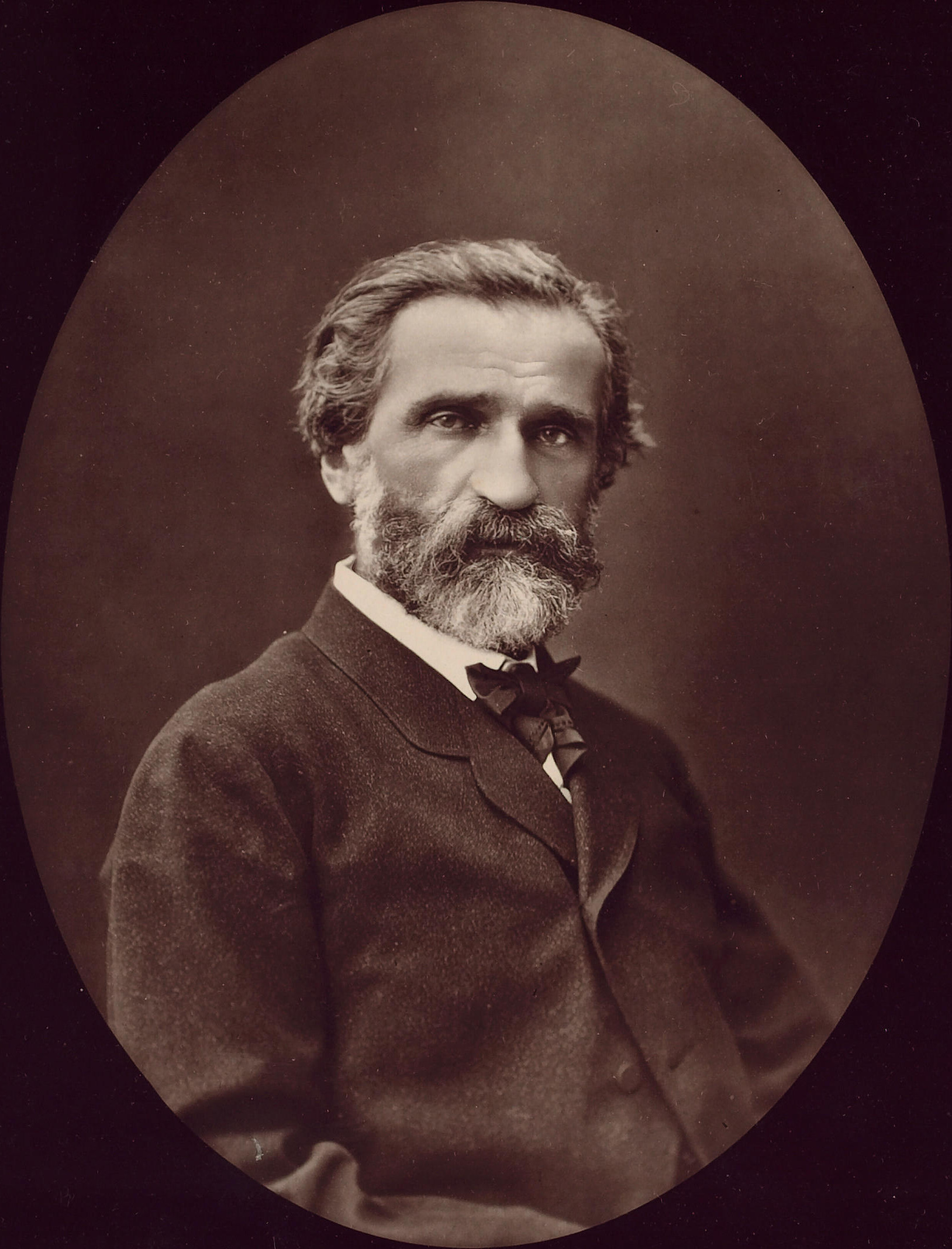|
Flaviano Labò
Flaviano Labò (February 1, 1927 – February 13, 1991) was an Italian operatic tenor, particularly associated with heroic roles of the Italian repertory. Labò was born at Borgonovo Val Tidone, near Piacenza. While in the army, he came to the notice of the conductor Antonino Votto, and subsequently studied with Ettore Campogalliani in Parma, Renato Pastorino in Milan and Valentino Metti in Piacenza. He made his stage debut at the Teatro Municipale in Piacenza, as Cavaradossi in ''Tosca'', in 1954. He quickly sang widely in Italy and various European opera houses, as well as in South America, before making his debut on November 29, 1957, at the Metropolitan Opera in New York, as Alvaro in ''La forza del destino'', where he sang thirteen roles in eight seasons, including Alfredo in ''La traviata'', Manrico in ''Il trovatore'', and Radamès in ''Aïda''. In 1959, he sang at the New York City Opera as Calaf in Puccini's ''Turandot'' (conducted by Julius Rudel) and Rodolfo in '' ... [...More Info...] [...Related Items...] OR: [Wikipedia] [Google] [Baidu] |
San Francisco Opera
The San Francisco Opera (SFO) is an American opera company founded in 1923 by Gaetano Merola (1881–1953) based in San Francisco, California. History Gaetano Merola (1923–1953) Merola's road to prominence in the Bay Area began in 1906 when he first visited the city. In 1909, he returned as the conductor of the International Opera Company of Montreal, one of the many visiting troupes that frequented the bustling city. Continued visits over the next decade convinced him that an opera company in San Francisco was viable. Merola moved back into the city in 1921 while living with Mrs. Oliver Stine's support Oliver Stine. He drafted plans for a new, locally-owned opera company that would not rely on visiting troupes, a common practice for some opera companies since the Gold Rush. By the next year, Merola organized a trial season at Stanford University. The first performance occurred in the Stanford Cardinal's football stadium on June 3, 1922, with operatic tenor Giovanni Mart ... [...More Info...] [...Related Items...] OR: [Wikipedia] [Google] [Baidu] |
Zurich Opera
Zurich Opera (Opernhaus Zürich) is a Swiss opera company based in Zurich. The company gives performances in the Zurich Opera House. History The first performance at the current theatre occurred on 30 September 1891, with a production of Wagner's ''Lohengrin''. Wilhelm Furtwängler began his career there, and in 1913 Richard Wagner’s ''Parsifal'' was given its first performance outside Bayreuth. Ferruccio Busoni, Paul Hindemith, Richard Strauss, Othmar Schoeck, Arthur Honegger, Frank Martin and other famous composers all left their mark on the development of Zürich's musical theatre. Zurich Opera House has been the setting for numerous world premières, such as Alban Berg’s ''Lulu,'' Paul Hindemith’s ''Mathis der Maler'', Arnold Schönberg’s ''Moses und Aron'', and Rudolf Kelterborn's '' Der Kirschgarten''. Works by Heinrich Sutermeister and Giselher Klebe were also performed there for the first time. From 1975 to 1986, Claus Helmut Drese was artistic director of the ... [...More Info...] [...Related Items...] OR: [Wikipedia] [Google] [Baidu] |
Vienna State Opera
The Vienna State Opera (, ) is a historic opera house and opera company based in Vienna, Austria. The 1,709-seat Renaissance Revival venue was the first major building on the Vienna Ring Road. It was built from 1861 to 1869 following plans by August Sicard von Sicardsburg and Eduard van der Nüll, and designs by Josef Hlávka. The opera house was inaugurated as the "Vienna Court Opera" (''Wiener Hofoper'') in the presence of Emperor Franz Joseph I and Empress Elisabeth of Austria. It became known by its current name after the establishment of the First Austrian Republic in 1921. The Vienna State Opera is the successor of the old Vienna Court Opera (built in 1636 inside the Hofburg). The new site was chosen and the construction paid by Emperor Franz Joseph in 1861. The members of the Vienna Philharmonic are recruited from the Vienna State Opera's orchestra. The building is also the home of the Vienna State Ballet, and it hosts the annual Vienna Opera Ball during the ca ... [...More Info...] [...Related Items...] OR: [Wikipedia] [Google] [Baidu] |
Verona Arena
The Verona Arena is a Roman amphitheatre located in the historic center of Verona, an iconic symbol of the Venetian city alongside the figures of Romeo and Juliet. It stands as one of the grand structures that defined Roman architecture and is among the best-preserved ancient amphitheatres to have survived into the modern era. This remarkable state of preservation is largely due to systematic restoration efforts that began in the 16th century; as a result, despite numerous transformations over time, the Arena allows visitors to easily grasp the design of such buildings. These structures were meticulously engineered for their intended purpose yet possessed an essential, understated beauty.. During the summer months, the Arena hosts the renowned Arena di Verona Festival, with opera seasons that have run uninterrupted since 1913,Excluding the years of the First and Second World Wars. while throughout the rest of the year, it serves as a venue for numerous international singer ... [...More Info...] [...Related Items...] OR: [Wikipedia] [Google] [Baidu] |
Montserrat Caballé
María de Montserrat Bibiana Concepción Caballé i Folch or Folc (12 April 1933 – 6 October 2018), also known as Montserrat Caballé (i Folch), was a Spanish operatic soprano from Catalonia. Widely considered to be one of the best sopranos of the 20th century, she won a variety of musical awards thoroughout her six-decade career, including three Grammy Awards. Caballé performed a wide variety of roles, but is best known as an exponent of the works of Verdi and of the bel canto repertoire, notably the works of Gioachino Rossini, Rossini, Vincenzo Bellini, Bellini, and Gaetano Donizetti, Donizetti. She was noticed internationally when she stepped in for a performance of Donizetti's ''Lucrezia Borgia (opera), Lucrezia Borgia'' at Carnegie Hall in 1965, and then appeared at leading opera houses. Her voice was described as pure but powerful, with superb control of vocal shadings and exquisite Dynamics (music), pianissimo. Caballé is also known for her 1987 duet with Freddie M ... [...More Info...] [...Related Items...] OR: [Wikipedia] [Google] [Baidu] |
Maggio Musicale Fiorentino
The Maggio Musicale Fiorentino (literal English translation: 'Florence Musical May') is an annual Italian arts festival in Florence, including a notable opera festival, under the auspices of the Opera di Firenze. The festival occurs between late April into June annually, typically with four operas. History In April 1933, on Luigi Ridolfi Vay da Verrazzano's idea, Vittorio Gui founded the festival, with the aim of presenting contemporary and forgotten operas in visually dramatic productions. It was the first music festival in Italy and the oldest in Europe after the Salzburg Festival. The first opera presented was Verdi's early ''Nabucco'', his early operas then being rarely staged. The first festival's success, which included two performances of Spontini's '' La Vestale'' with Rosa Ponselle, led to it becoming a biennial event in 1937 with the presentation of nine operas. After 1937, it became an annual festival, except during World War II. Performances took place in the Teatr ... [...More Info...] [...Related Items...] OR: [Wikipedia] [Google] [Baidu] |
Don Carlos
''Don Carlos'' is an 1867 five-act grand opera composed by Giuseppe Verdi to a French-language libretto by Joseph Méry and Camille du Locle, based on the 1787 play '' Don Karlos, Infant von Spanien'' (''Don Carlos, Infante of Spain'') by Friedrich Schiller and several incidents from Eugène Cormon's 1846 play ''Philippe II, Roi d'Espagne''. The opera is most often performed in Italian translation, usually under the title ''Don Carlo''. The opera's story is based on conflicts in the life of Carlos, Prince of Asturias (1545–1568). Though he was betrothed to Elisabeth of Valois, part of the peace treaty ending the Italian War of 1551–59 between the Houses of Habsburg and Valois demanded that she be married instead to his father Philip II of Spain. It was commissioned and produced by the Théâtre Impérial de l'Opéra (Paris Opera) and given its premiere at the Salle Le Peletier on 11 March 1867. The first performance in Italian was given at Covent Garden in London in Jun ... [...More Info...] [...Related Items...] OR: [Wikipedia] [Google] [Baidu] |
La Scala
La Scala (, , ; officially , ) is a historic opera house in Milan, Milan, Italy. The theatre was inaugurated on 3 August 1778 and was originally known as (, which previously was Santa Maria della Scala, Milan, a church). The premiere performance was Antonio Salieri's ''Europa riconosciuta''. Most of Italy's greatest operatic artists, and many of the finest singers from around the world, have appeared at La Scala. The theatre is regarded as being one of the leading opera and ballet theatres globally. It is home to the La Scala Theatre Chorus, La Scala Theatre Ballet, La Scala Theatre Orchestra, and the Filarmonica della Scala orchestra. The theatre also has an associate school, known as the La Scala Theatre Academy (), which offers professional training in music, dance, stagecraft, and stage management. Overview La Scala's season opens on 7 December, Saint Ambrose's Day, the feast day of Milan's patron saint. All performances must end before midnight and long operas start ear ... [...More Info...] [...Related Items...] OR: [Wikipedia] [Google] [Baidu] |
Palais Garnier
The (, Garnier Palace), also known as (, Garnier Opera), is a historic 1,979-seatBeauvert 1996, p. 102. opera house at the Place de l'Opéra in the 9th arrondissement of Paris, France. It was built for the Paris Opera from 1861 to 1875 at the behest of Emperor Napoleon III. Initially referred to as ''le nouvel Opéra de Paris'' (the new Paris Opera), it soon became known as the Palais Garnier, "in acknowledgment of its extraordinary opulence" and the architect Charles Garnier (architect), Charles Garnier's plans and designs, which are representative of the Napoleon III style. It was the primary theatre of the Paris Opera and its associated Paris Opera Ballet until 1989, when a new opera house, the Opéra Bastille, opened at the Place de la Bastille. The company now uses the Palais Garnier mainly for ballet. The theatre has been a of France since 1923. The Palais Garnier has been called "probably the most famous opera house in the world, a symbol of Paris like Notre-Dame de Pa ... [...More Info...] [...Related Items...] OR: [Wikipedia] [Google] [Baidu] |
Royal Opera House
The Royal Opera House (ROH) is a theatre in Covent Garden, central London. The building is often referred to as simply Covent Garden, after a previous use of the site. The ROH is the main home of The Royal Opera, The Royal Ballet, and the Orchestra of the Royal Opera House (now known collectively as the Royal Ballet and Opera). The first theatre on the site, the Theatre Royal (1732), served primarily as a playhouse for the first hundred years of its history. In 1734, the first ballet was presented. A year later, the first season of operas, by George Frideric Handel, began. Many of his operas and oratorios were specifically written for Covent Garden and had their premieres there. The current building is the third theatre on the site, following disastrous fires in 1808 and 1856 to previous buildings. The façade, foyer, and auditorium date from 1858, but almost every other element of the present complex dates from an extensive reconstruction in the 1990s. The main auditorium ... [...More Info...] [...Related Items...] OR: [Wikipedia] [Google] [Baidu] |








